The 10 Coolest Flash Storage And SSD Products Of 2016 (So Far)
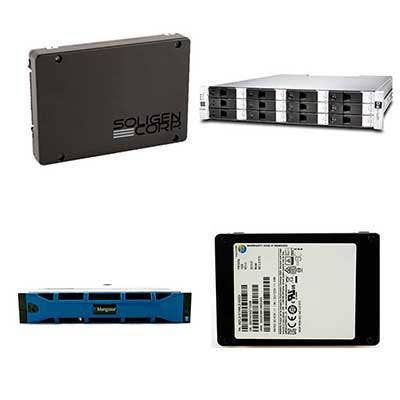
Flash Storage: It's Not All About Performance Any More
Even as total spending on storage continues to fall, enterprises and other businesses are pouring money into flash storage technology. IDC recently reported that total enterprise storage systems sales reached $8.2 billion in the first quarter of 2016, down 7 percent over last year, while total worldwide external storage systems sales fell 3.6 percent year over year to $5.4 billion. During that time, however, all-flash storage array sales grew 87.4 percent during the first quarter of 2016 compared to last year.
While increased sales of all-flash storage solutions have typically been driven by the falling cost and increasing performance of flash storage technology, 2016 is seeing vendors move to introduce new capabilities beyond pure performance, including software-defined solutions, better pooling of flash among multiple systems, and more enterprise features.
CRN has been watching the developments carefully. Turn the page, and take a look at 10 of the coolest of those developments so far in 2016.
(For more on the "coolest" of 2016, check out "CRN's Tech Midyear In Review.")
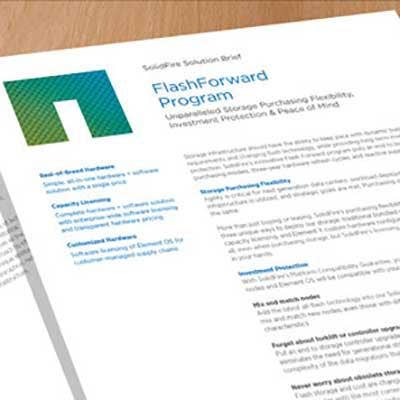
SolidFire All-Flash Storage Pricing With Perpetual Software License
NetApp's new SolidFire business in June unveiled a significant new way to price all-flash storage arrays that includes a perpetual license for the software and separately prices the hardware to give customers flexibility in how they want to deploy their storage.
SolidFire's new FlashForward Capacity licensing program allows customers with large and fast-growing data stores to acquire the software and hardware separately. Unlike traditional storage appliances, where customers are required to purchase a new system to increase capacity or upgrade capabilities, FlashForward Capacity lets customers purchase the license to use specified amounts of capacity, with street prices as low as 40 cents per GB at the highest tier. Customers can purchase the hardware separately, either to have it in place for fast expansion of capacity or to move the capacity between data centers without purchasing new licenses.
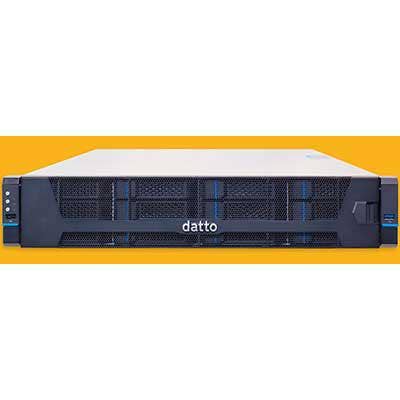
Datto SIRIS 3 X1 All-Flash Data Protection
Norwalk, Conn.-based Datto in June introduced its new SIRIS 3 X1, calling it the industry’s first all-flash business continuity solution. This small form factor solution includes a 1-TB solid state drive and 16 GB of RAM, and is licensed to protect a single server. It supports all the functionality of Datto's SIRIS 3 data protection platform, including the ability to do local virtualization directly on the appliance to recover applications quickly. The solution also incorporates the newest SIRIS 3 capabilities, including NAS shares, iSCSI Boot, Linux and Mac agent support, and Datto's Infinite Cloud Retention long-term storage offering.
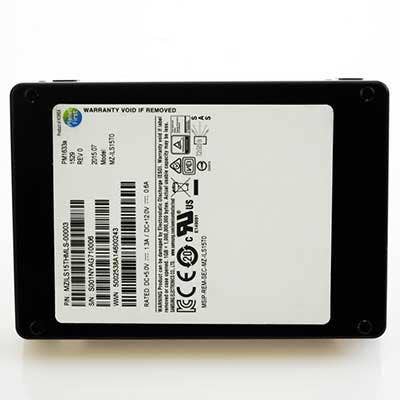
Samsung 15.36-TB Capacity SSDs
Samsung Electronics in March unveiled its new PM1633a SSD which, with its 15.36-TB capacity, makes them the world's largest-capacity drives, the Korea-based company said.
Samsung's new PM1633a 15.36-TB SSDs target enterprise storage requirements with their 12 GB-per-second Serial Attached SCSI (SAS) interface. The high capacity comes from combining 512 of Samsung’s 256Gb V-NAND memory chips. The PM1633a SSD offers random read speeds of up to 200,000 IOPS and random write speeds of up to 32,000, with sequential read and write speeds of up to 1,200 MBs per second. Inside is 16 DBs of DRAM for caching.
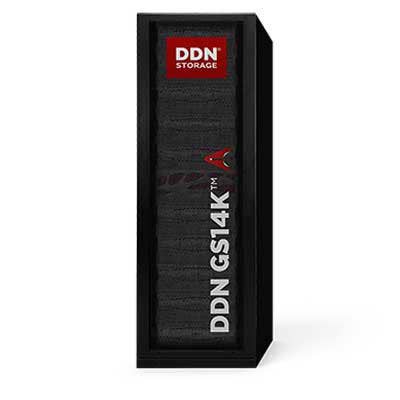
DDN GS14K High-Performance All-Flash NAS
DataDirect Networks, of Santa Clara, Calif., in March unveiled the GridStore GS14K, calling it the industry’s fastest and most flexible scale-out network attached storage (NAS) solution. The GS14K, designed for modern workflows such as Hadoop, OpenStack, and scale-out NAS environments, can be ordered in all-flash or hybrid-flash versions.
The GS14K leverages an embedded PCIe low-latency fabric for performance, and includes open source software integration optimized for OpenStack and Hadoop environments. It features performance of up to 32 GBs per second per appliance for mixed workloads, and scales to 7 petabytes per rack or 14 petabytes per appliance.
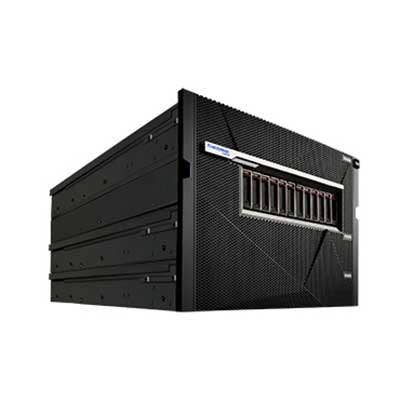
IBM A9000/A9000R All-Flash Storage
IBM in April introduced two new high-performance models based on the company's FlashCore technology aimed specifically at cloud environments. FlashCore, custom-built by IBM in partnership with Boise, Idaho-based Micron specifically for use in high-performance flash arrays, takes the place of standard SSDs.
New to IBM is the FlashSystem A9000, which packs up to 300 TBs of FlashCore capacity after compression and de-duplication into an 8U enclosure. Performance is up to 500,000 IOPS. The company also unveiled the FlashSystem A9000R, which scales to a full rack of all-flash storage capacity of up to 900 TBs raw or 1.8 petabytes of effective capacity, with up to 2 million IOPS. Both feature a minimum latency of 250 microseconds with full data services turned on.
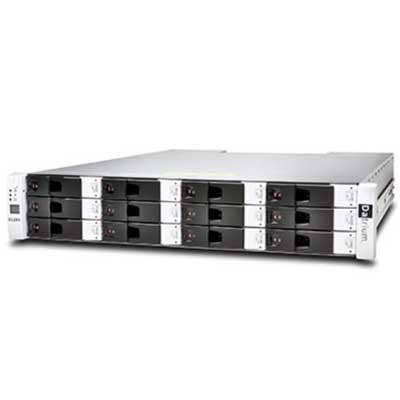
Datrium All-Flash Storage 'Insane Mode'
Datrium, a Sunnyvale, Calif.-based startup whose DVX technology pools the standard flash memory inside up to 32 of a customer's industry-standard servers into high-performance flash storage, in May unveiled "Insane Mode" to grab more resources from a server's CPUs to increase storage performance in the server.
With Insane Mode, applications can dynamically go to an individual server host and grab up to 40 percent of the processors' compute capacity for use with storage, up from the default use of 20 percent. That provides up to 100,000 IOPS per server, or just over 3 million IOPS in the maximum 32-server configuration, the company said.
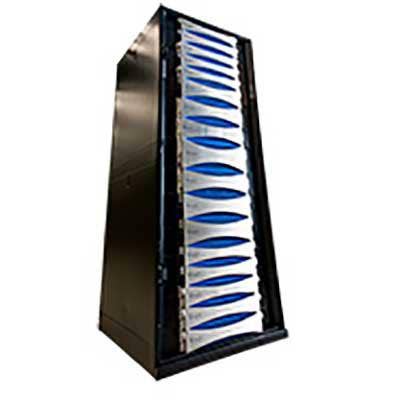
Tegile Intros Tiered All-Flash Array
Newark, Calif.-based all-flash storage array vendor Tegile Systems in February expanded its product line card with a new model containing both a performance-focused flash tier and a lower-cost, capacity-focused flash tier.
The newest high-end version of Tegile's IntelliFlash HD all-flash array can deliver up to 5 million IOPS and 10 petabytes of capacity in a single rack, and at its maximum configuration costs as low as 50 cents per gigabyte after de-duplication and compression. With two different performance tiers of flash storage, a business can potentially move its entire data center to an all-flash architecture using low-cost flash while running multiple high-performance applications in the higher-performing flash tier, the company said.
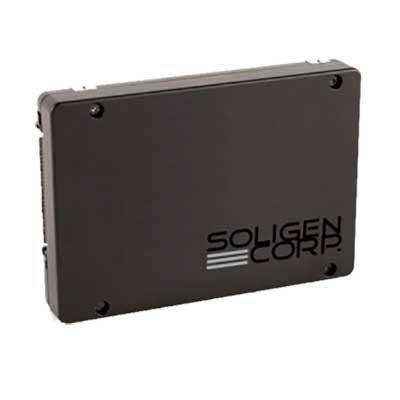
Soligen Triton SSD
The Soligen Triton SSD from Newport Beach, Calif.-based Soligen combines performance and quality of service for PCIe-based storage systems in capacities of 2 TBs, 4 TBs, or 8 TBs. The Soligen Triton SSD uses a single-chip controller with a PCIe interface on the host side and 8 HLNAND channels on the flash side. The SSD's PCIe Gen2 x4 lanes interface supports sequential read and write speed of up to 1.2 TBs per second.
Because it's packaged in an industry-standard 2.5-inch enclosure, the Triton SSD integrates into existing storage infrastructures.

Mangstor’s NX-Series Storage Arrays With New Burst Buffer
Austin, Texas-based non-volatile memory storage solution developer Mangstor in June added burst buffer capabilities to its NX-series storage arrays as a way to enhance the performance of high-performance computing applications (HPC), transactional processing, video editing, cloud computing workloads, and real-time analytics.
The NX-Series burst buffer holds data until it's required by a compute node. Once the buffered data is requested and accessed by multiple users, the data is delivered in large bursts to external storage systems with significantly improved performance and latency responses. This helps reduce or eliminate bottlenecks associated with back-end storage systems, the company said.
Mangstor’s NX-Series features high-performance NVMe flash storage, and provides Ethernet and InfiniBand RDMA network access for shared storage environments.
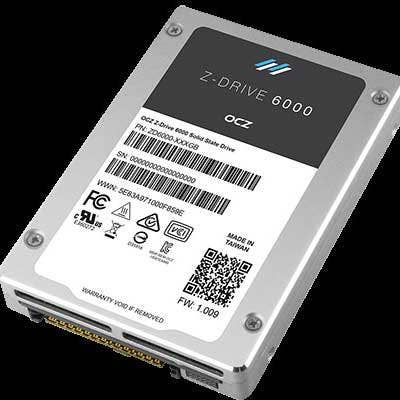
Toshiba OCZ Z-Drive Dual-Port Functionality
San Jose, Calif.-based Toshiba America Electronic Components in March started shipping a new version of the OCZ Z-Drive 6000 NVMe SSD with dual-port functionality. Toshiba, which in 2014 acquired OCZ, said the addition of a dual-port connection gives customers the opportunity to connect two host systems to concurrently access data from the same storage device or take advantage of a redundant access path to the drive for high-availability capabilities.
The new hot-swappable Z-Drive 6000 SSDs, which offer performance of up to 700,000 IOPS and latency of 30 microseconds, were also enhanced with multiple namespace capability, non-binary sector sizes and self-encrypting technology.